90% More Chances to Win Projects With Our Estimate!
- Multi-Family Building
- Hotel Building
- Hospital Building
- Warehouse Building
- School & University Building
- High-Rise Building
- Shopping Complex
- Data Center Building
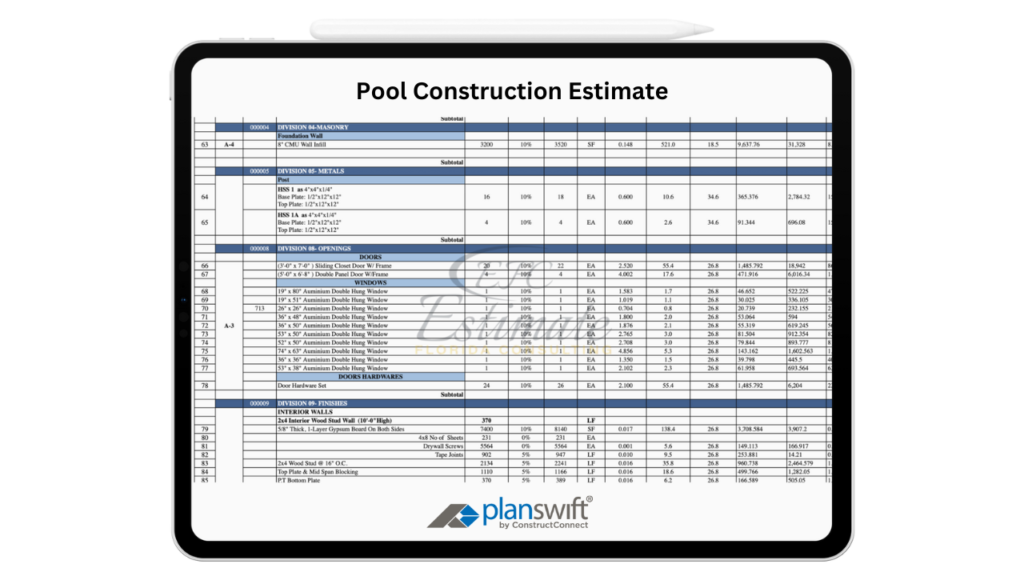
Building a fiberglass pool is a significant investment, but it’s one that can bring long-term enjoyment, enhance your property’s value, and transform your outdoor living space into a luxurious retreat. Whether you’re a general contractor, subcontractor, developer, or homeowner, understanding the intricacies of estimating costs for a fiberglass pool installation is essential to avoid budget overruns and ensure a smooth project. In this guide, we provide an in-depth overview of all cost factors involved, from materials to labor, giving you the tools to make well-informed decisions throughout the process.
Fiberglass pools are a popular choice due to their durability, ease of installation, and low maintenance needs. However, like any major project, the key to success lies in accurate budgeting. Let’s dive into the details of fiberglass pool costs and how you can estimate the total expenses with confidence.
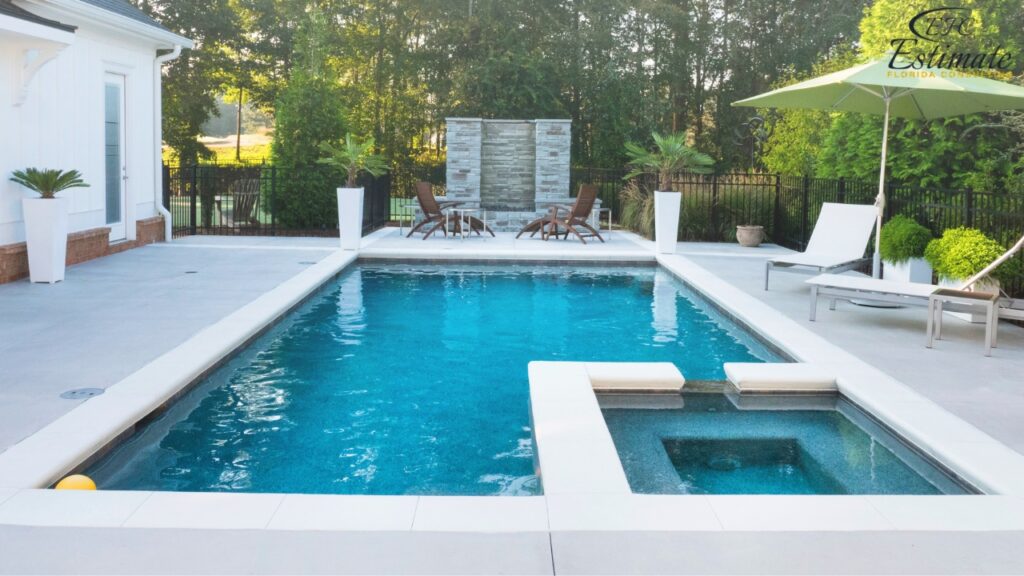
The cost of installing a fiberglass pool varies widely depending on factors such as pool size, shape, and the complexity of the installation process. On average, homeowners can expect to spend between $30,000 and $85,000 for a standard installation, although customized features and upgrades can push this figure higher. The pool shell itself typically accounts for a significant portion of the cost, but expenses related to excavation, backfilling, plumbing, and electrical systems must also be factored in.
To give you a clearer understanding of the costs, below is a breakdown of the average expenses for different pool sizes. Keep in mind that these prices can fluctuate depending on regional labor rates, material availability, and the complexity of your specific project.
Pool Size (in feet) | Average Pool Cost | Installation Costs | Total Cost |
10 x 20 | $10,000 – $20,000 | $15,000 – $25,000 | $25,000 – $45,000 |
12 x 24 | $15,000 – $25,000 | $20,000 – $30,000 | $35,000 – $55,000 |
16 x 32 | $25,000 – $35,000 | $25,000 – $40,000 | $50,000 – $75,000 |
18 x 36 | $35,000 – $45,000 | $30,000 – $50,000 | $65,000 – $95,000 |
The size and shape of your fiberglass pool have a direct impact on the overall cost. Larger pools require more materials and labor, which naturally increases the price. Similarly, custom-shaped pools tend to be more expensive than traditional rectangular or oval-shaped options because they require specialized molds and more intricate installation procedures. For instance, opting for a freeform or kidney-shaped pool could add 10% to 20% to the total cost.
Choosing a shape and size that fits your yard and lifestyle is crucial. While smaller pools may be more affordable, larger pools offer more space for swimming, entertainment, and relaxation. Balancing these factors with your budget will help you select the perfect pool for your property without overspending.
Excavation is another significant factor when estimating the cost of your fiberglass pool installation. The cost of excavation can vary based on the size of the pool and the condition of your property’s soil. For example, if your yard has rocky or uneven terrain, the excavation process may be more challenging and time-consuming, driving up the cost. On average, excavation costs range from $3,000 to $7,000, but they can increase depending on the specific challenges of the site.
Additionally, access to your backyard or installation area can impact the price of excavation. Limited access may require smaller equipment or more manual labor, which could lead to higher labor costs. These factors should be considered during the planning phase to avoid any surprises later on.
The cost of labor is another major component of your fiberglass pool project. Labor expenses include the work involved in excavating, installing the pool shell, backfilling, and connecting the pool to necessary plumbing and electrical systems. Depending on the complexity of the job and your location, labor costs can range between $15,000 and $30,000 for a standard pool installation. Custom designs or challenging installations may push this cost higher.
Hiring experienced professionals is essential to ensure that the pool is installed correctly and efficiently. Poor installation can lead to issues like leaks, cracking, or misaligned equipment, which could require costly repairs in the future. Therefore, it’s important to work with reputable contractors who specialize in fiberglass pool installations.
Most municipalities require permits for pool installations, and the cost of obtaining these permits varies by location. Typically, permit fees range from $200 to $1,500, but in some cases, they may be higher if additional inspections or approvals are required. Failure to secure the proper permits can result in fines or delays, so it’s important to factor this into your budget early on.
In addition to permits, your local government may require several inspections throughout the installation process. These inspections ensure that the work is completed to code and that safety measures, such as fencing and electrical connections, are properly installed. The cost of inspections is generally included in the permit fee, but it’s wise to confirm this with your local building department.
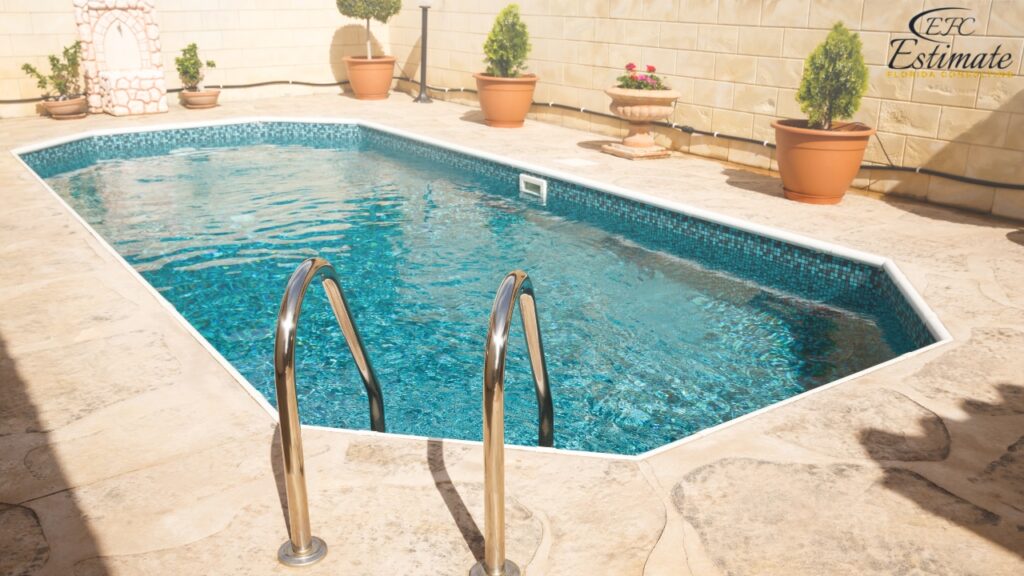
The cost of your fiberglass pool can increase significantly if you choose to add custom features like heating systems, waterfalls, lighting, or integrated spas. These enhancements not only improve the functionality of your pool but also elevate its aesthetic appeal, making it a luxurious centerpiece in your backyard. For instance, installing a pool heater can add between $2,000 and $5,000 to your total cost, while installing a high-end lighting system can range from $800 to $3,000.
Custom water features, such as waterfalls or fountains, are another popular option among homeowners looking to enhance their pool’s ambiance. These features can range in price from $2,000 to $10,000, depending on the complexity of the design and installation. While these add-ons can increase the total cost, they also add significant value and enjoyment to your pool.
To help you plan your project, here’s a detailed breakdown of the key components involved in a fiberglass pool installation:
Cost Component | Average Cost |
Pool Shell | $10,000 – $40,000 |
Excavation | $3,000 – $7,000 |
Backfill and Leveling | $1,500 – $3,500 |
Plumbing and Equipment | $5,000 – $15,000 |
Labor | $15,000 – $30,000 |
Permits and Inspections | $200 – $1,500 |
Add-Ons (Lighting, etc.) | $2,000 – $15,000 |
Total Cost | $30,000 – $85,000 |
By carefully considering each of these cost components, you can develop a more accurate estimate for your fiberglass pool installation and avoid any unexpected expenses during the project. Remember that customization and site conditions can influence the final price, so it’s always a good idea to allow for some flexibility in your budget.
The pool shell forms the foundation of your swimming pool, and its cost can range from $10,000 to $40,000. This component is one of the most significant expenses in the entire construction process. The price depends largely on the size of the pool, the type of material used (such as fiberglass, concrete, or vinyl), and the complexity of the design. A larger, custom-shaped pool will naturally cost more, while a standard-shaped pool could fall on the lower end of the spectrum. Investing in a high-quality shell is crucial to ensure the longevity and durability of your pool.

The cost of excavation is typically between $3,000 and $7,000, but this can fluctuate based on several factors. The depth and size of the pool directly impact the amount of work involved in digging the area. In addition, the type of soil and terrain in your location can affect the cost, as rocky or uneven ground may require more intensive labor and specialized equipment. Proper excavation is critical to creating a level and stable foundation for the pool, so it’s important to hire experienced contractors for this step to avoid future issues like ground shifting or water leakage.
After the pool shell is placed, backfilling and leveling are necessary to secure the pool and provide a solid base around it. This process generally costs between $1,500 and $3,500, depending on the volume of backfill material required and the condition of the surrounding terrain. The backfill helps maintain the pool’s structural integrity by ensuring that the ground around it is properly packed and leveled. Inadequate leveling can lead to long-term problems like pool shifting or uneven decking, so this is an important cost to include in your budget.
Installing the plumbing and equipment for your pool involves setting up essential systems such as water circulation, filtration, heating, and possibly even a pool automation system. This stage can cost anywhere from $5,000 to $15,000, depending on the quality and type of equipment selected. For instance, opting for energy-efficient pumps or advanced heating systems will raise the overall cost, but it could save you money in the long run through reduced energy consumption. A well-designed plumbing system is critical for maintaining clean and safe water, so it’s worth considering investing in high-quality equipment.
The cost of labor to build the pool can vary widely, typically ranging between $15,000 and $30,000. This price includes not only the installation of the pool shell but also all related work, such as excavation, plumbing, electrical wiring, and finishing touches. Labor costs are influenced by the complexity of the pool design, the size of the crew, and the skill level of the workers. While it may be tempting to reduce labor costs by opting for a smaller team, investing in experienced professionals ensures that the pool is built to the highest standards and completed on schedule.
Before the pool construction can commence, you will need to obtain the necessary permits and inspections from your local government. The cost for this process typically falls between $200 and $1,500, depending on your location and the scale of the project. The permit process ensures that the pool is being built in compliance with local building codes and safety regulations, while inspections guarantee that the installation meets health and safety standards. It’s important to factor these administrative costs into your overall budget to avoid any unexpected delays or fines during the project.
Lastly, optional add-ons can significantly enhance both the functionality and visual appeal of your pool. These can include lighting, water features, automatic covers, or even spa-like enhancements. The cost of these extras can range from $2,000 to $15,000, depending on what you choose. For example, installing LED lighting systems around the pool can create a beautiful nighttime ambiance, while a waterfall feature can add a touch of luxury. While these add-ons are optional, they can greatly increase the enjoyment and value of your pool, making them worthwhile investments if your budget allows.
Incorporating lighting into your fiberglass pool design enhances its visual appeal and ensures safety for nighttime swimming. LED lighting systems are energy-efficient and long-lasting, making them a popular choice for pool owners. The cost of pool lighting depends on the number of lights and their placement, with prices ranging between $800 and $3,000. Whether you want subtle mood lighting or vibrant colors, investing in quality lighting can create the perfect ambiance for your pool area.
If you want to extend your swimming season, installing a pool heater is a smart investment. There are several types of pool heaters, including electric, gas, and solar options, each with different costs and energy efficiency levels. Electric and gas heaters tend to be more expensive upfront, ranging from $2,000 to $5,000, but they provide consistent heating throughout the year. Solar heaters, on the other hand, have lower operating costs but may not be as effective in colder climates.
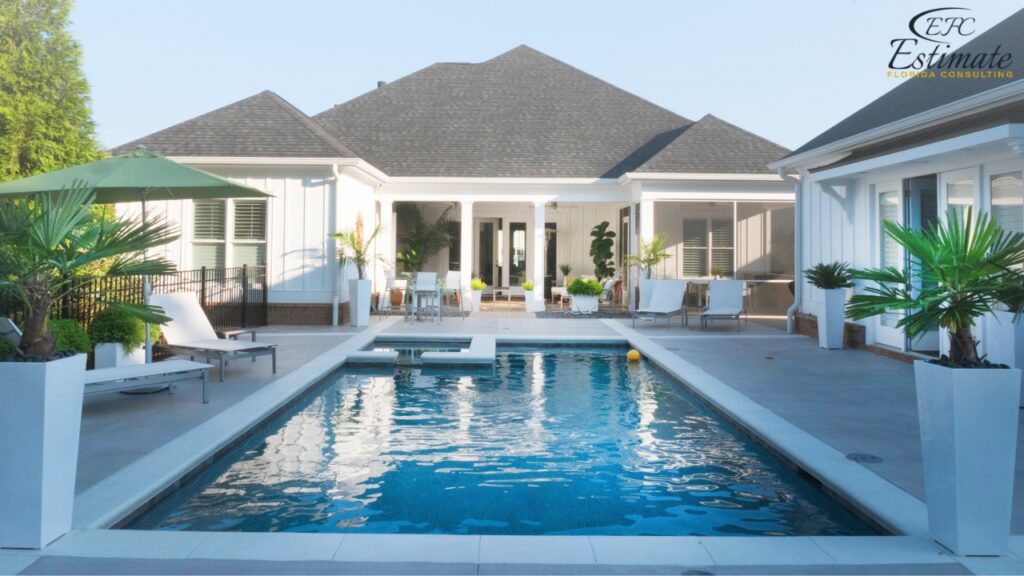
A well-designed pool deck not only enhances the look of your pool but also provides a safe area for lounging and entertaining. The cost of a pool deck depends on the materials you choose, such as concrete, pavers, or wood, as well as the size and design of the deck. On average, a pool deck costs between $3,000 and $15,000, but this can vary based on your specific preferences. Adding features like built-in seating, fire pits, or outdoor kitchens can further enhance your pool area and increase the overall cost.
Some homeowners might consider installing a fiberglass pool themselves to save on labor costs. While DIY installation can save between $10,000 and $20,000, it also comes with significant risks, such as improper installation, faulty plumbing, or damage to the pool shell. Hiring professionals ensures that the pool is installed correctly and that warranties are honored. For most homeowners, the peace of mind that comes with professional installation far outweighs the potential savings from a DIY approach.
In addition to the risks associated with installation, a DIY project can lead to delays if you encounter challenges that require expert knowledge. Hiring experienced contractors eliminates these risks, allowing you to enjoy your new pool faster without worrying about long-term maintenance issues caused by poor installation.
Fiberglass pools are known for being relatively low maintenance compared to other types of pools, but there are still ongoing costs to consider. Proper maintenance is essential to keeping your pool clean, safe, and functional for years to come. Here’s a look at the average annual maintenance costs for a fiberglass pool:
Maintenance Item | Average Annual Cost |
Cleaning supplies | $100 – $300 |
Pool chemicals | $150 – $300 |
Filter replacement | $200 – $500 |
Electricity for filtration | $300 – $800 |
Pool cover (optional) | $500 – $2,000 |
Total Annual Maintenance | $1,250 – $3,900 |
Regularly cleaning your pool, balancing the water chemistry, and replacing filters when needed will help prevent costly repairs in the future. Additionally, investing in a high-quality pool cover can reduce cleaning time and lower heating costs by preventing heat loss and debris accumulation.
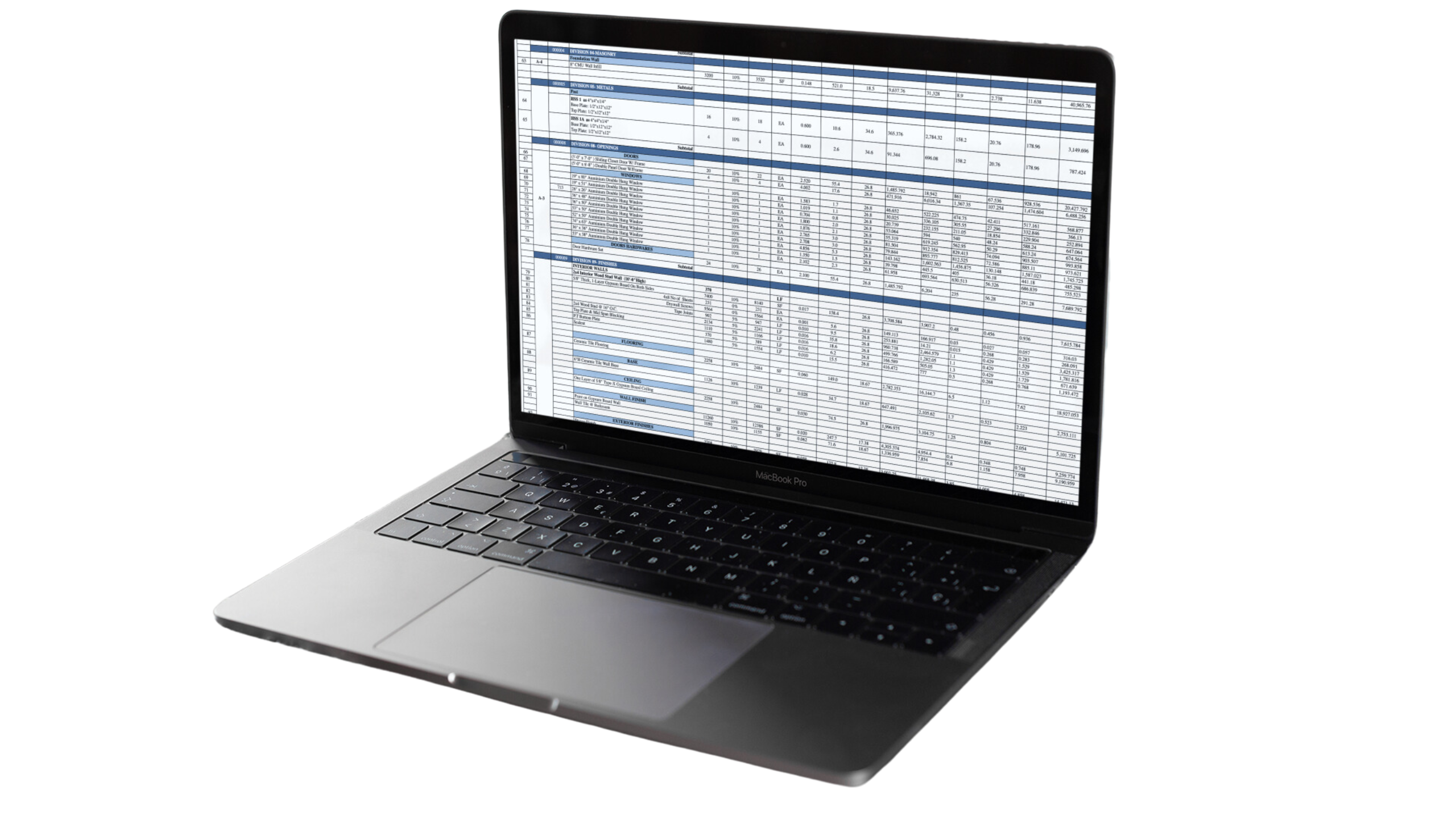
Fiberglass pools are known for being relatively low maintenance compared to other types of pools, but there are still ongoing costs to consider. Proper maintenance is essential to keeping your pool clean, safe, and functional for years to come. Here’s a look at the average annual maintenance costs for a fiberglass pool:
Maintenance Item | Average Annual Cost |
Cleaning supplies | $100 – $300 |
Pool chemicals | $150 – $300 |
Filter replacement | $200 – $500 |
Electricity for filtration | $300 – $800 |
Pool cover (optional) | $500 – $2,000 |
Total Annual Maintenance | $1,250 – $3,900 |
Regularly cleaning your pool, balancing the water chemistry, and replacing filters when needed will help prevent costly repairs in the future. Additionally, investing in a high-quality pool cover can reduce cleaning time and lower heating costs by preventing heat loss and debris accumulation.
Fiberglass pools are highly durable and can last for over 30 years with proper care. Unlike vinyl pools, which require frequent liner replacements, or concrete pools, which need resurfacing every 10 years, fiberglass pools offer long-term savings on maintenance. The non-porous surface of fiberglass also resists algae growth, reducing the need for expensive chemicals and cleaning supplies.
When considering the long-term value of a fiberglass pool, it’s important to factor in both the initial installation cost and the ongoing maintenance expenses. While fiberglass pools may have a higher upfront cost compared to other types of pools, their lower maintenance requirements make them a cost-effective option over time. Moreover, the durability and longevity of fiberglass ensure that you won’t have to worry about major repairs or replacements for decades.
Fiberglass pools are manufactured off-site and delivered as a single, ready-to-install unit. Unlike concrete pools that require time-consuming onsite construction, fiberglass pools come pre-molded in various shapes and sizes, which significantly reduces installation time. This makes them a preferred option for homeowners who want a hassle-free pool installation. Additionally, fiberglass is a non-porous material, which means it resists algae growth and requires fewer chemicals to maintain.
The smooth, non-abrasive surface of a fiberglass pool not only enhances its visual appeal but also reduces the likelihood of skin irritation or cuts while swimming. These factors make fiberglass pools ideal for families looking for both comfort and convenience. However, it’s important to understand the associated costs to ensure that the installation stays within your budget.
Many homeowners choose to finance their fiberglass pool installation to spread out the cost over several years. Common financing options include personal loans, home improvement loans, and home equity lines of credit (HELOC). Each option has its pros and cons, and the best choice depends on your financial situation, loan terms, and interest rates.
Interest rates for pool loans typically range from 3% to 12%, depending on your credit score and the type of loan you choose. Loan terms can vary from 5 to 15 years, allowing you to choose a repayment plan that fits your budget. Before committing to a financing option, it’s essential to carefully review the terms and calculate the total cost of the loan, including interest and fees.
Installing a fiberglass pool is an exciting project that can bring years of enjoyment and add value to your home. However, to ensure the success of your project, it’s crucial to accurately estimate the costs involved. By considering factors such as pool size, shape, excavation, labor, permits, and customization options, you can develop a comprehensive budget that meets your needs.
Estimate Florida Consulting offers professional estimate services to help you accurately plan your fiberglass pool project. Our team connects you with trusted contractors and provides detailed cost breakdowns to ensure that your installation stays on budget. Contact us today for an expert estimate and make your dream pool a reality!
While fiberglass pools have several benefits, there are a few downsides to consider:
Despite these drawbacks, fiberglass pools are still a popular choice due to their durability, low maintenance, and faster installation times compared to other pool types.
After 25 years, a well-maintained fiberglass pool can still be in good condition, but some wear and tear may become noticeable:
Overall, with proper care, fiberglass pools can last beyond 25 years, but they may require periodic resurfacing and equipment updates to maintain their functionality and appearance.
Fiberglass pools are known for their durability and longevity, often lasting 25 to 30 years or more with proper maintenance. In some cases, fiberglass pool shells can last up to 50 years or longer. Here are the key factors influencing their lifespan:
Overall, with proper care and professional installation, a fiberglass pool can last for multiple decades, providing long-term value to homeowners.
Typically, you should shock a fiberglass pool every 1 to 2 weeks during the swimming season, depending on pool usage, water conditions, and weather factors. Shocking the pool helps remove contaminants like algae, bacteria, and organic matter, keeping the water clean and safe for swimming.
Here are some key factors to consider for how often to shock a fiberglass pool:
Always follow the manufacturer’s instructions when using pool shock treatments to avoid over-shocking, which can damage pool equipment or irritate swimmers. Regular shocking keeps your fiberglass pool clean and sparkling.
Yes, fiberglass pools can pop out of the ground, but this is a rare occurrence and usually happens under specific conditions. The primary cause of a fiberglass pool popping out is hydrostatic pressure, which occurs when groundwater builds up around the pool. If the pool is drained without relieving this pressure, the upward force from the water beneath can push the pool out of the ground.
Here are key factors that can lead to fiberglass pools popping out:
To avoid this issue, it's essential to have a proper drainage system and hydrostatic relief valves installed, and to only drain the pool under the guidance of professionals.
At Estimate Florida Consulting, we offer detailed cost estimates across all major trades, ensuring no part of your project is overlooked. From the foundation to the finishing touches, our trade-specific estimates provide you with a complete and accurate breakdown of costs for any type of construction project.

We take pride in delivering accurate, timely, and reliable estimates that help contractors and builders win more projects. Our clients consistently praise our attention to detail, fast turnaround times, and the positive impact our estimates have on their businesses.
Estimate Florida Consulting has helped us win more bids with their fast and accurate estimates. We trust them for every project!
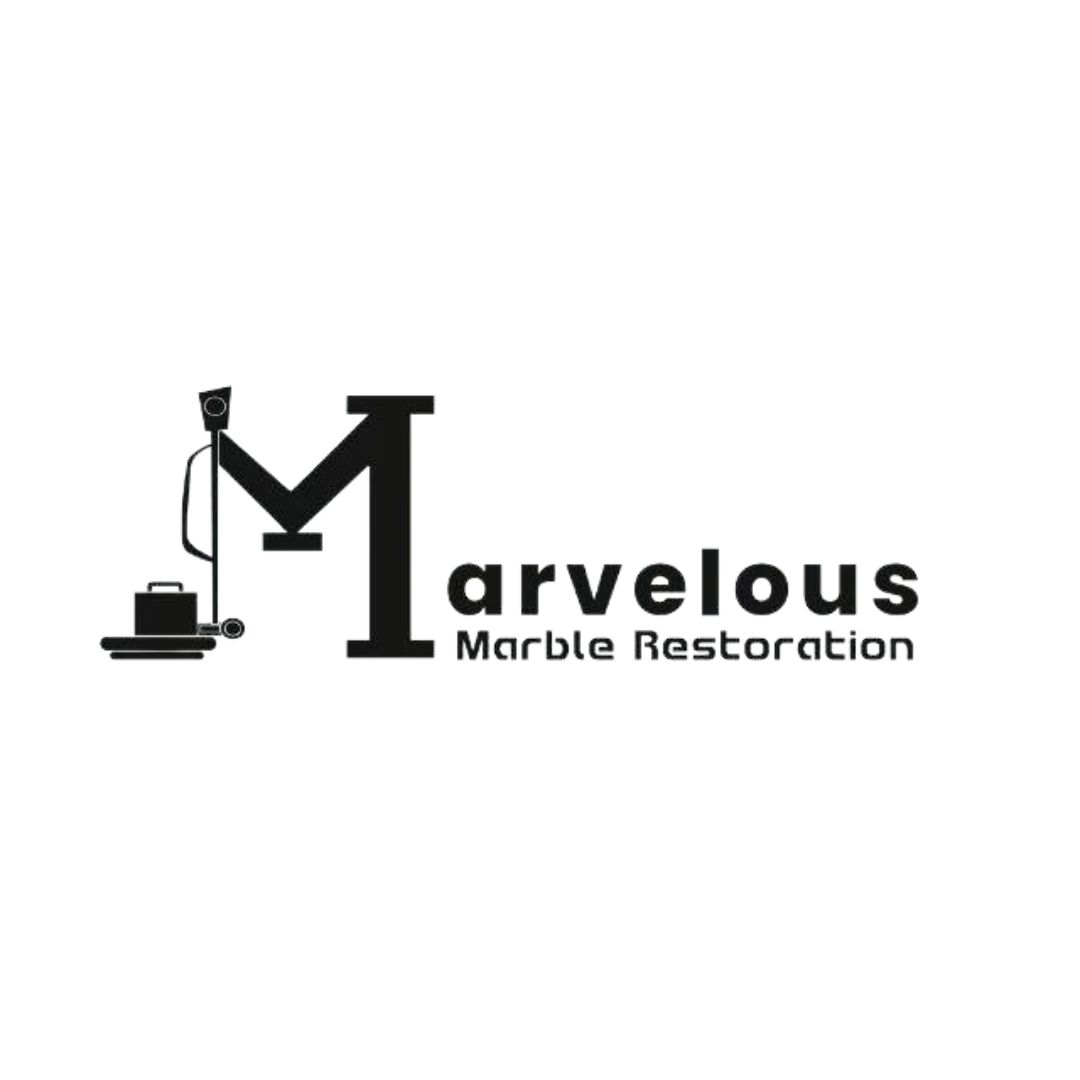
Submit your project plans, blueprints, or relevant documents through our online form or via email.
We’ll review your project details and send you a quote based on your scope and requirements.
Confirm the details and finalize any adjustments to ensure the estimate meets your project needs.
Receive your detailed, trade-specific estimate within 1-2 business days, ready for your project execution.

561-530-2845
info@estimatorflorida.com
Address
5245 Wiles Rd Apt 3-102 St. Pete Beach, FL 33073 United States
561-530-2845
info@estimatorflorida.com
Address
5245 Wiles Rd Apt 3-102 St. Pete Beach, FL 33073 United States
All copyright © Reserved | Designed By V Marketing Media | Disclaimer